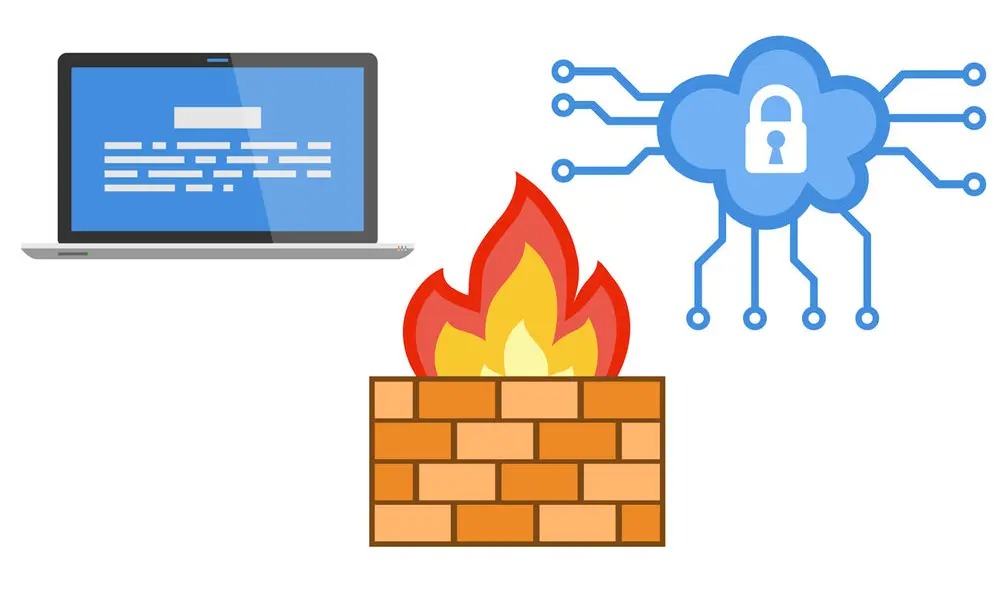
We have heard the term “next-generation firewall,” and some of us are not sure what this technology is still relatively new. What is added to a standard firewall, and why is it necessary? (NGFW)
The new generation (NGFW) firewall is an increase from a classic firewall, and we will go through the main benefits of a new generation firewall in this blog.
In simple terms, the next-generation firewall (NGFW) is a firewall that, in addition to a standard port/protocol protection, adds a protective layer such as application-level inspection, advanced intrusion protection, and intelligence against regular firewall boundaries.
Application-level security functions such as ID and IPS are the advantages of the next-generation firewall.
Intrusion detection system, also known as IDS, and intrusion prevention system, also known as IPS, has been included in NGFW.
These programs help you in increasing packet content screening. These features can also detect, analyze, and respond to unusual departures of the norms, and signatures of threats and intelligent attacks depending on user behaviour.

Access to a single console (ngfw)
Unlike a classic firewall, which requires manual settings and configurations, we can only access a new generation firewall from one console.
Protection with Multiple Layers (ngfw)
In the world of complex data architecture that continues to increase, classic firewalls can prevent access through port (single layer security), which has no meaning.
By checking traffic from Layer 2 to Layer 7, NGFW provides multi-layer protection while also knowing the proper nature of the data flow.
So, if the data transfer is within the stated firewall policy limits, it will be transferred; If not, it will be blocked.
Infrastructure that is less complicated (ngfw)
Every new danger requires the use of a unique security tool. However, with a new generation firewall, we may only manage and update the security protocol from one official device.
This streamlines complex security architecture while also saving time on daily operations.
Optimal Network Speed Utilization
The typical firewall network speed is reduced because the number of protocols and security devices grows.
This happens as a result of a special network speed that does not reach its full potential as a result of the increasing number of devices and security services.
However, regardless of the number of devices or security protocols, you can always get the maximum throughput with the next-generation firewall.
Endpoint Security, Antivirus, Ransomware, and Spam Protection
To protect your company’s data, NGFW includes a complete range of antivirus, ransomware, and spam protection, and the security of the endpoint.
You will not need a separate tool for those tasks if you take advantage of these features.
Because NGFW has all these functions, it doesn’t just save your time and effort but also makes it easier to detect and control cyber threats.
The ability to implement role-based management access
We build the ability to determine the user’s identity into a new generation firewall. It can also work with various user roles to limit individual access and/or groups.
This feature allows businesses to determine role-based access to certain areas of their data and content.
Organizations can also make some of their public data while keeping their entire personal information.
Main Takeaway: NGFW not only provides all the functions of the classic firewall but is also more than able to combat the current cyber threat.
NGFW must be a valuable technology in Cybersecurity because of the number of capabilities it offered.
